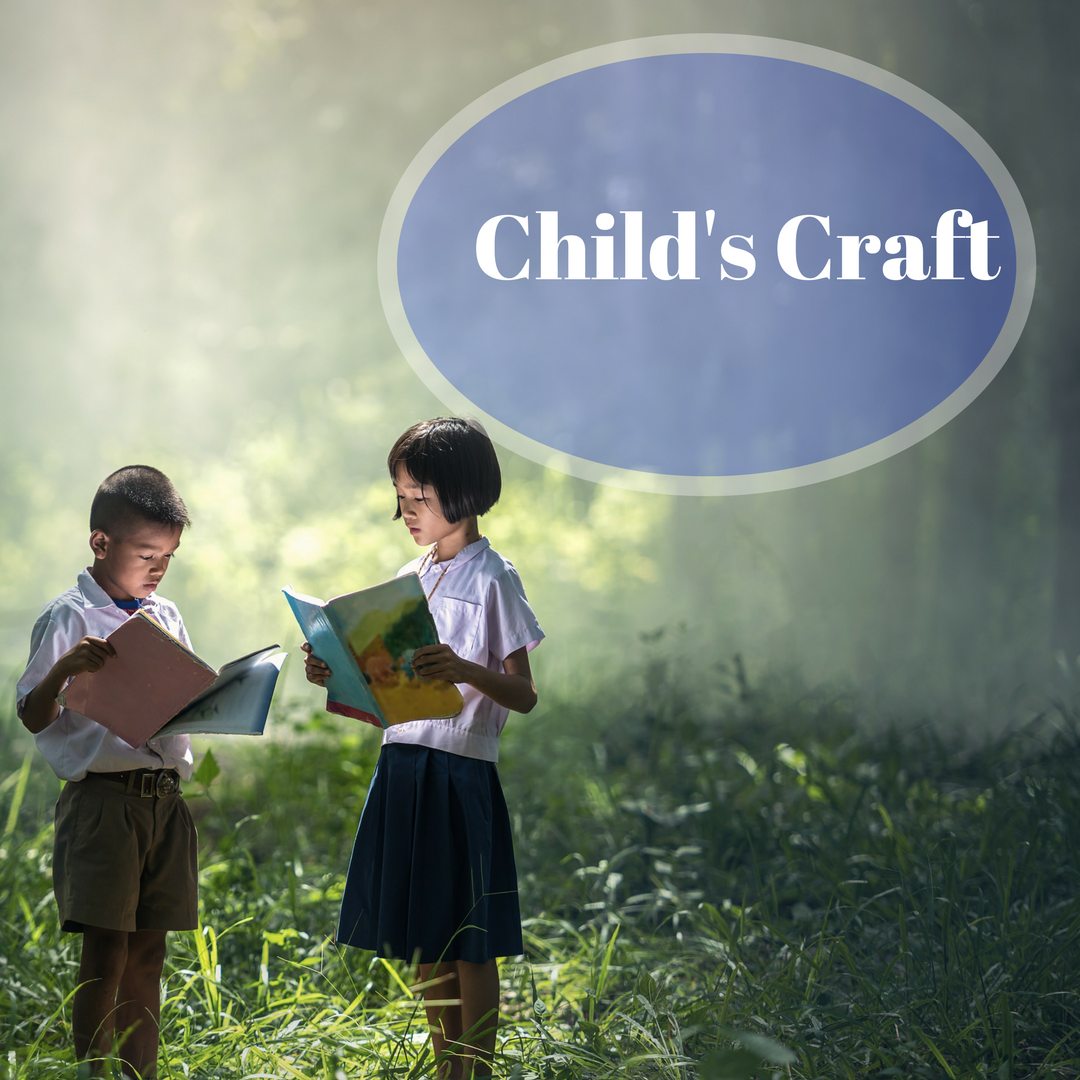
Mystery/Thriller/Suspense
The Mystery of Describing These Genres
Ever heard someone say, “I love a good mystery!” That’s more likely than hearing“I love a good suspense story.”…
June 17, 2021
Ever heard someone say, “I love a good mystery!” That’s more likely than hearing“I love a good suspense story.”…
June 17, 2021
Most Mystery/Suspense/Thriller stories are set in the real world, but the realities of that world cover a wide spectrum…
June 17, 2019
Are you writing a mystery or a thriller? Do you know how to tell the difference between suspense, thriller…
May 31, 2018
A few weeks ago I started typing a new manuscript. I thought it was going to be a picture…
May 22, 2018